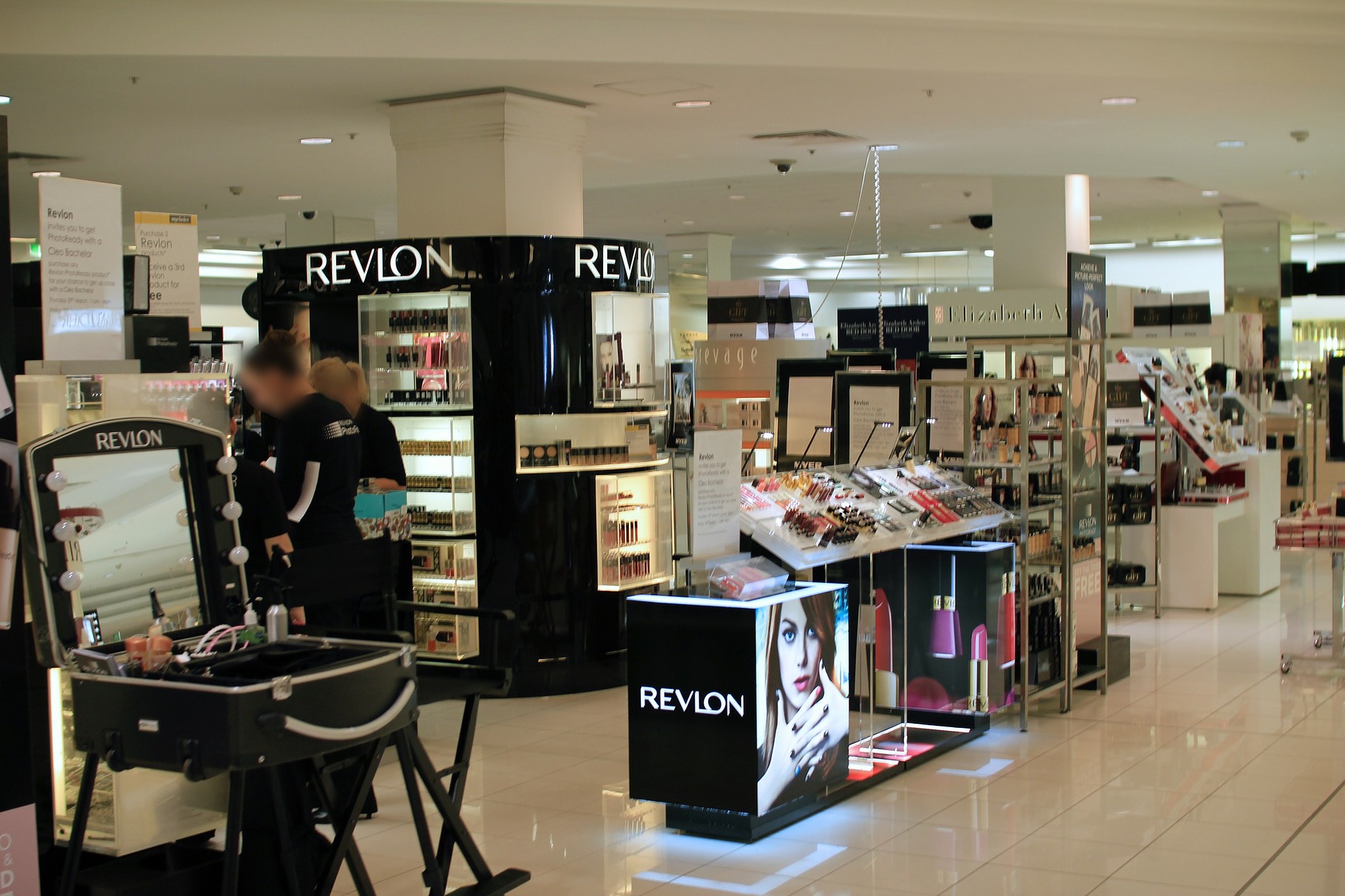
By Dr Inci Toral, Department of Marketing
Birmingham Business School, University of Birmingham.
“…a global pandemic situation is not the only factor to blame. It is, in fact a multifaceted phenomenon that the Covid-19 only accelerated the demise of the 200-year-old retail formats.”
As we are entering the new phase of returning to normal and businesses are opening their doors to the customers, nothing will be the same. Just looking at online local newspapers you can imagine the demise of the high streets in most cities and towns. Perhaps, one of the most prevalent effects of the last year can be observed in central Birmingham. Once a busy retail hub now lost her two large anchor stores, John Lewis, and Debenhams. The loss is not limited to department stores, many smaller chains and eateries failed to survive the pandemic conditions. However, a global pandemic situation is not the only factor to blame. It is, in fact a multifaceted phenomenon that the Covid-19 only accelerated the demise of the 200-year-old retail formats. If you type into your search engine “demise of department stores”, you will find over a billion hits and some of these are not even new. Dating back about a decade, department stores have been struggling, and not only in the UK; US department stores are having as much trouble as their UK sisters across the ocean. Let us look at some of these multifaceted factors.
A whole new world of virtual high streets
What happened in Covid-19 lockdowns is interesting, because the shutting down of almost all retail formats was a force-majeure for almost all consumers to use and become competent in using the online channels. Thus, converting older generations into online wizards opened a whole new world of virtual high streets to millions. Moreover, the collapse of the value-chain (producer to the retailer) as the supermarkets struggled to offer online slots to millions became an opportunity for others. Specifically, wholesalers and small innovative businesses were there and reaching out to millions to do home deliveries. Examples are numerous, such as farmers, mostly organic producers, were able set-up collective websites and reached out to the consumers, initiating a whole new set of responsible shopping.
Arguably, millennials are native to omnichannel shopping which allows shoppers to move freely among multiple channels in a single transaction, e.g. physical stores, mobile devices, and webstores. They are conscious about healthy lifestyles and environmental issues. In 2016, both Euromonitor and BusinessWire reported that they are torn between brands and innovativeness. In fact, in more recent years, we have seen an increasing tendency towards more responsible consumption through more convenient channels in young consumers’ habits. The decline of store formats that fail to respond to these trends is inevitable.
To sum up, although more research is needed, two outcomes are becoming more prevalent among all age groups: the development of a more responsible consumption habit through increasing expertise in omnichannel shopping. In other words, millions discovered that they could shop from around the world without leaving the comfort of their houses and be more responsible. Although the forced notion of “stay at home” was weary at times, going out did not mean that one should spend their time shopping.
While consumers’ shopping habits are changing, department stores mostly remained the same. Failing to respond to the new omnichannel consumers meant that keeping large stores, with large amounts of stock, resulted in diminishing profits. Covid-19 was not gentle on them either. While incumbents struggled to adjust the needs of the new consumers, this became a more significant issue during the lockdowns. Whereas some consumers were furloughed or lost their jobs, and therefore their normal shopping capacity, the others who were still employed realised that they did not need new shirts or bottoms when in virtual meetings. Thinking about it, most essential workers were uniformed and therefore needed very little to buy from department stores. As a consumer, I hardly saw any department stores offering virtual meeting apparel lines and wondered why?
Pushed out by premium prices
There are other factors that reach beyond the shopper-consumer and retail business dimensions. For instance, centrally controlled business rates and premium location prices. Do they also contribute to the demise of the highstreets? House of Fraser is another department store leaving Birmingham’s high street. In their place a set of pubs and restaurant will be opened. The plan sounds good, but will these smaller businesses be subject to the same business rates and rents and therefore forced to move out?
The demise of chains and department store formats are important, but is there remedy? Canadian planner Brent Toderian calls it “stickiness”. The tired and aged format of department stores should look back and understand what made shoppers stick with them in the past and what can make them stick again.
